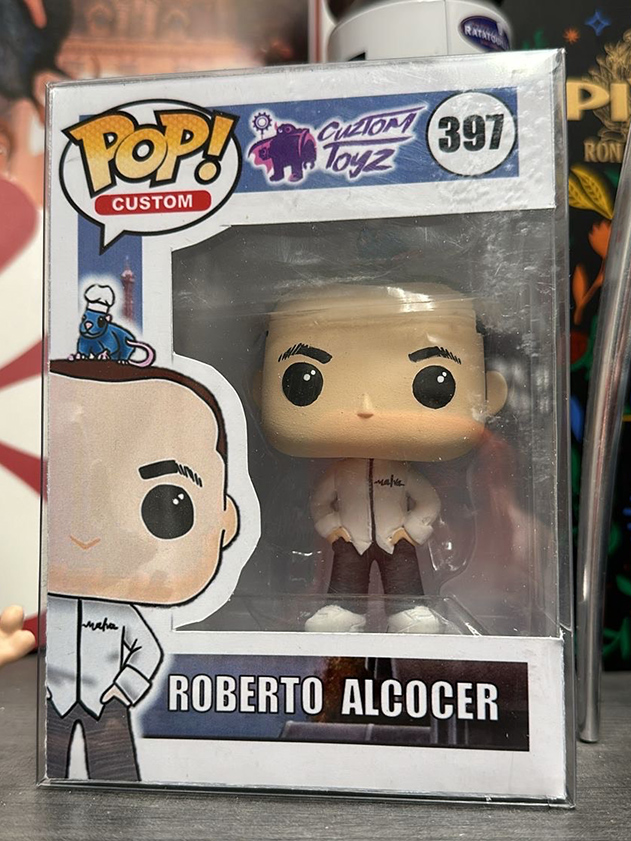Often being the drink of choice at the stroke of midnight, Champagne is practically synonymous with New Year’s. But in the huge world of wine, there are a slew of magnificent sparklers to please every palate.
Elevate your holiday gathering and ring in the New Year with one of these fine alternatives.
Tasmanian Sparkling Wine
“Find a cool, marginal grape-growing climate and you're likely to find sparkling wine,” says Joe Czerwinski, managing editor of
The Wine Advocate. In Australia’s coolest outpost that is Tasmania, sparkling wines have a long-standing history dating back to the 1800s. European migrants saw similarities in the soils and climate of the terroir to that of their home; Chardonnay and Pinot Noir grapes are the dominant varieties in the area. “The best examples can be just as pricey as Champagne, with costs driven by scarcity and long aging on lees, but there are less expensive examples as well. The most widely available in the United States are the excellent value wines from
Jansz, whose nonvintage wines generally retail around $25. The richer and toastier 2013 vintage carries a suggested retail price of $44—still a relative bargain.”
Portuguese Espumante
Largely known as the best region in Portugal for sparklers, Bairrada is located in the Beira Litoral Province, producing wines made of Baga, Borrado das Moscas, Castelão Frances, Fernao Pires, Rabo de Ovelha, Tinta Pinheira and Bical grapes. “They tend to deliver acidity, and there is also a tendency to make them in a ‘no dosage’ style,” says the area’s wine reviewer for
The Wine Advocate, Mark Squires. “They have a lot of energy as a result, for often ridiculously low prices.” Squires suggests wines made by
Bageiras,
Sidónio de Sousa and
Luis Pato. “This is a bargain hunter’s paradise, the wines punching above their weight. If you want nice bubbly for a pittance, this is a good place to hunt.”
Oregon Sparkling Wine
“Founded in 1987 with a focus on producing premium sparkling wines in Oregon’s cool climate,
Argyle crafts bubblies using the traditional Champagne method—secondary fermentation in bottle and extended aging on the lees before disgorgement,” says Erin Brooks,
The Wine Advocate’s reviewer for the Beaver State. Argyle currently produces 10 sparkling wines, including a Blanc de Blancs, Black Brut made from Pinot Noir and a rosé. “Although producers in Champagne are increasingly focused on showcasing specific terroirs, it is still primarily a wine of process, stylistically shaped by the choices of the winemaker. So it’s no surprise that wine’s like the 2014 Brut Rosé are chasing the heels of Champagne for quality.”
Metodo Classico
Translating to “classical method,” Metodo Classico is the same traditional process used to produce Champagne in France, but adapted in Italy. “The
2006 Trento Metodo Classico Extra Brut Rosé Riserva del Fondatore is the newest addition to the Ferrari line and it represents a true game-changer for Metodo Classico sparkling wines from Italy,” says
The Wine Advocate’s Monica Larner, reviewer for the region. Now run by the third generation of the Lunelli family, Ferrari has been producing this style of sparkling wine in Trento for over a century. “This beautiful pink ruby-colored wine is generously abundant and sophisticated with creamy beading, bright flavors and dusty mineral notes that are a signature of winemaking in the Italian Dolomites.”
Franciacorta
Located in Lombardy, Italy—and also a Metodo Classico—Franciacorta earned its DOCG recognition in 1995 and is home to only 200 producers, including
Monte Rossa,
Ferghettina and
Le Marchesine. Not to be confused with Prosecco, Franciacorta wines have a distinct taste profile. Larner recommends the
2009 Ca' del Bosco Franciacorta Riserva Annamaria Clementi Dosage Zéro. “This classic blend of 55% Chardonnay, 25% Pinot Bianco and 20% Pinot Nero offers bright intensity and impeccable balance,” she says. “There is a fine and soothing quality to this wine thanks to a long succession of aromas that starts with citrus and ends with cream-filled brioche.”























